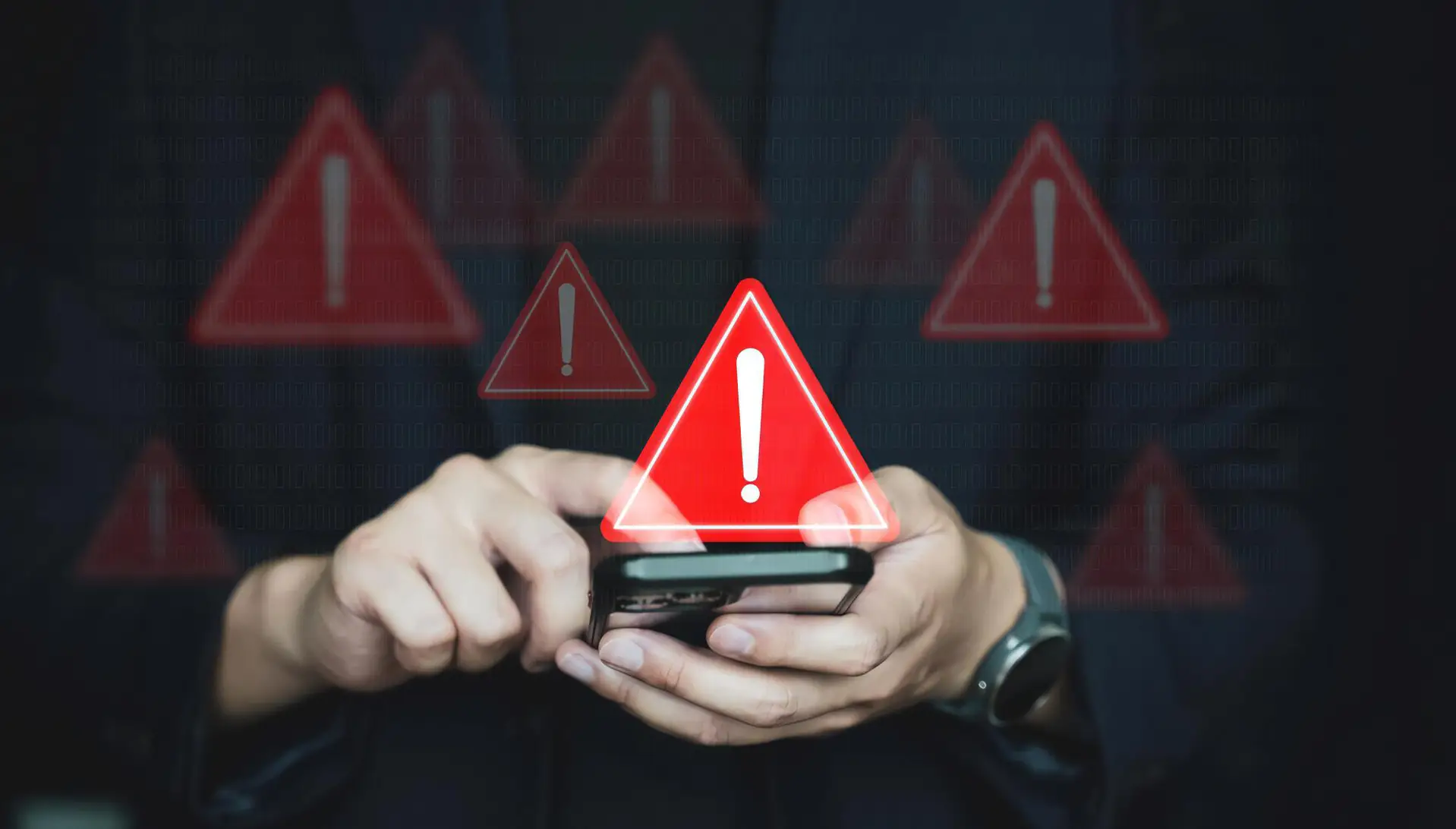In an era where digital communication is dominated by push notifications, in-app alerts, and real-time collaboration platforms, it's easy to overlook the humble SMS. However, when it comes to critical incident management—such as server outages, application errors, or failed push notifications—SMS fallback remains a crucial layer in ensuring that alerts are not just sent, but actually received.
Why Push Notifications Sometimes Fail
While push notifications offer a fast and user-friendly way to deliver alerts, they come with limitations:
- App not installed or running: If the recipient has uninstalled the monitoring app or disabled its background process, notifications won't go through.
- Battery optimization & OS restrictions: Modern operating systems often delay or suppress background alerts to save battery.
- Network latency: Push relies on internet connectivity, which may be unavailable during a system-wide failure.
These gaps create potential blind spots, particularly when seconds matter.
The Role of SMS Fallback
SMS does not rely on internet connectivity, apps, or specific platforms. It uses the cellular network—which is often more resilient during technical outages—and is almost universally supported.
Use case examples:
- A server crashes, and a push notification fails to reach the DevOps team.
- A monitoring app alert is delayed due to background restrictions on Android or iOS.
- An engineer in a low-connectivity area still receives an SMS when other channels fail.
SMS fallback ensures the message gets delivered, regardless of platform, location, or app state.
Automated Integration via Workflow Builder
One of the key advantages of modern messaging infrastructure is the ability to embed SMS fallback directly into automated workflows.
Example Scenario:
- Monitoring system detects an error → sends push notification via app.
- If the push fails or is not opened within 10 seconds → SMS is sent automatically to the on-duty technician’s phone number.
With integrations into alerting platforms like internal APIs, SMS fallback becomes a seamless part of your incident response architecture. This eliminates manual intervention and ensures that fallback mechanisms are triggered with precision.
Recipient Prioritization and Escalation Tree
In enterprise settings, a missed alert could lead to SLA violations, customer dissatisfaction, or lost revenue. That’s why SMS fallback can be enhanced with recipient prioritization and escalation logic:
Example Escalation Flow:
- Level 1: SMS is sent to the on-duty DevOps engineer.
- Level 2: If no response within 30 seconds, the Lead Engineer is alerted via SMS.
- Level 3: If still no response, the CTO or Operations Manager receives an SMS alert.
This hierarchical alert system ensures that no critical error goes unnoticed due to single-point communication failure.
Best Practices for Implementing SMS Fallback
To make SMS fallback effective and sustainable, consider the following operational and technical practices:
- Use reliable SMS gateways: Choose providers that support delivery reports, low latency, and high throughput.
- Keep messages short and actionable: Include key details like ticket ID, error status, and a shortened link for immediate access.
- Mask or encrypt sensitive data: Never include confidential credentials or PII directly in the message.
- Apply rate limiting and alert deduplication: Prevent alert storms from overwhelming your team or incurring excessive costs.
- Understand local regulations: Some countries have strict laws regarding bulk or automated SMS usage in business contexts.
From Legacy Channel to Modern-Day Lifeline
While SMS may seem outdated, its simplicity and reliability make it a powerful component in any critical alerting strategy. When paired with automated workflows and thoughtful escalation logic, SMS fallback transforms from a legacy channel into a modern failsafe—ensuring that your team stays informed when it matters most.

